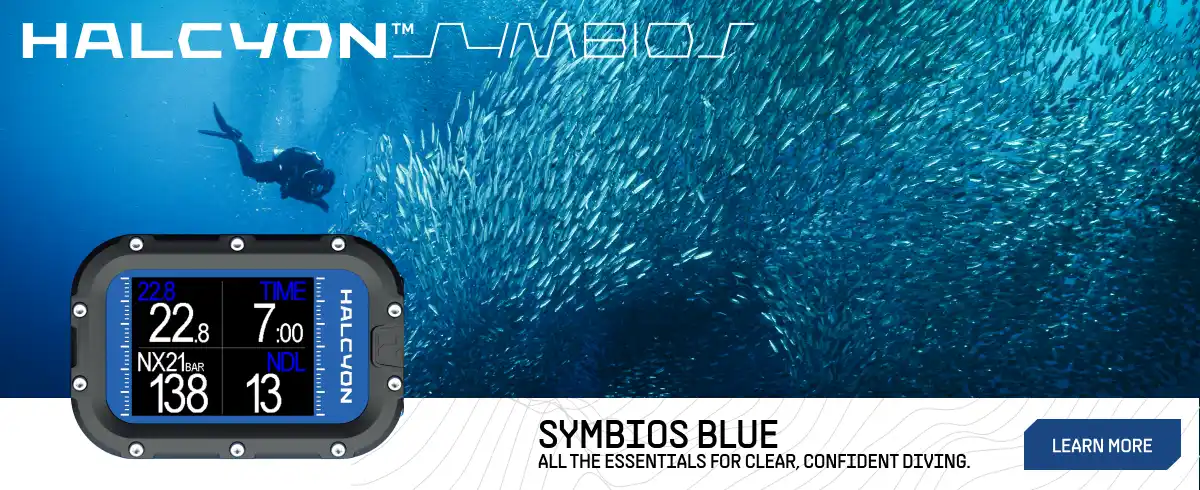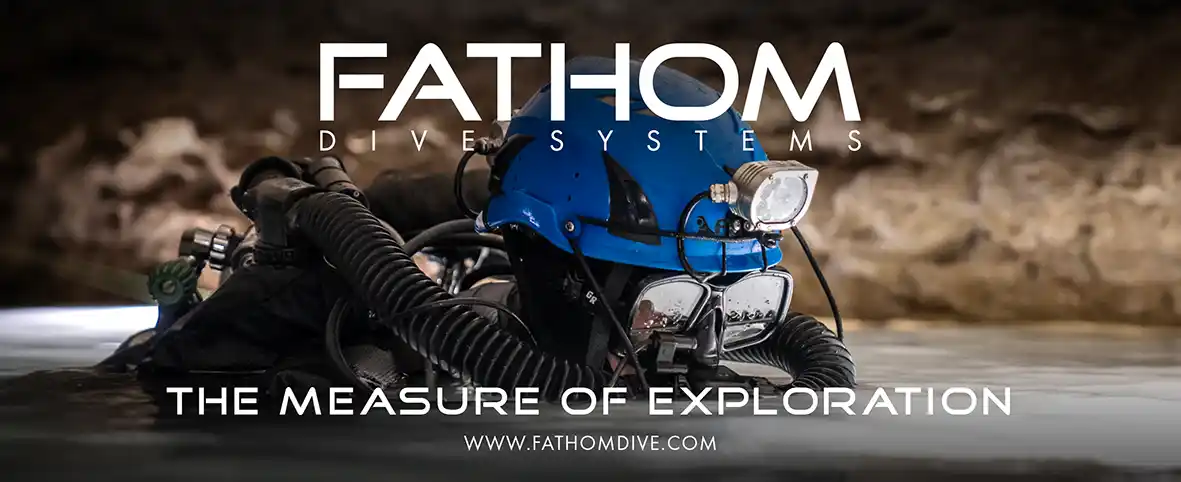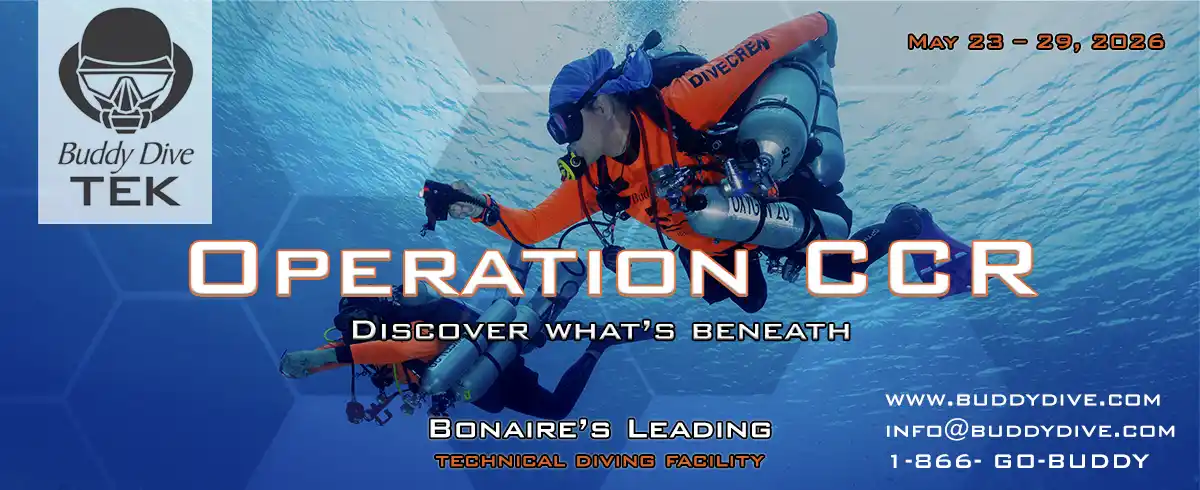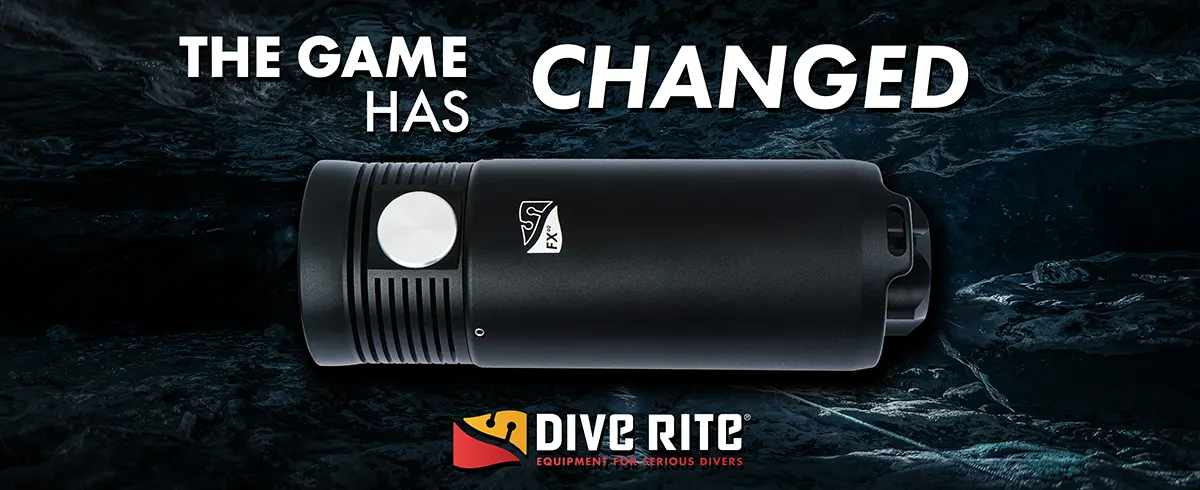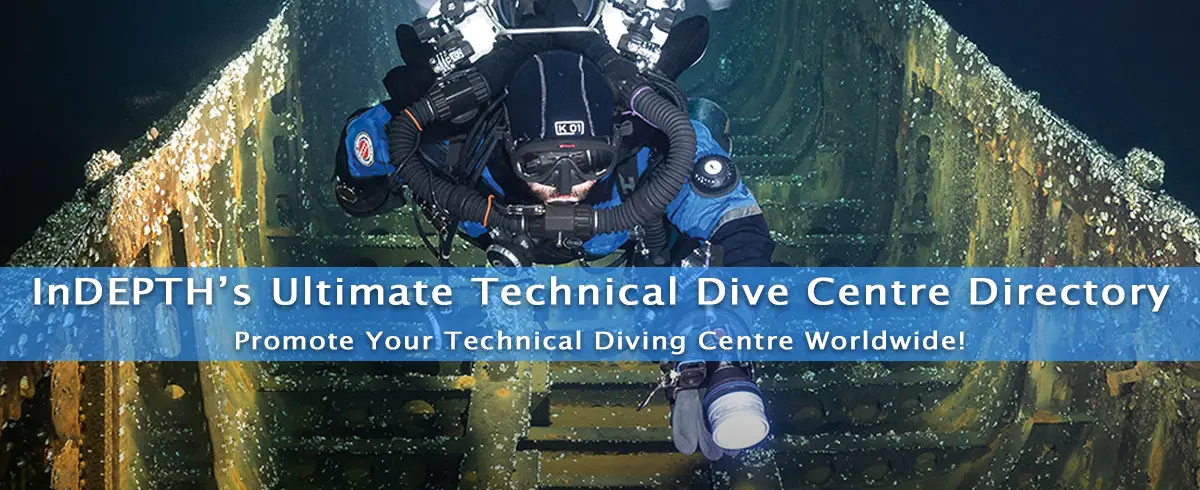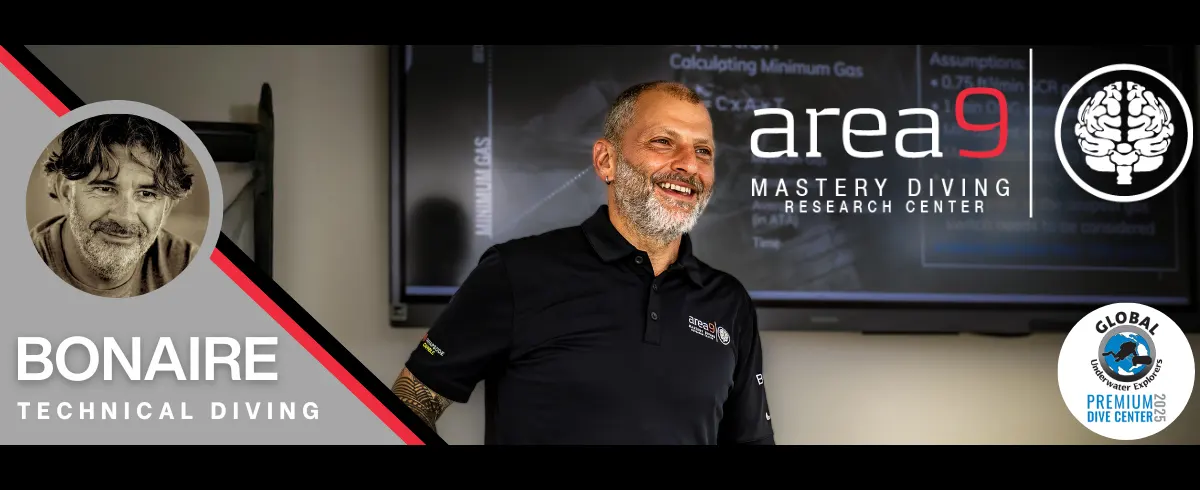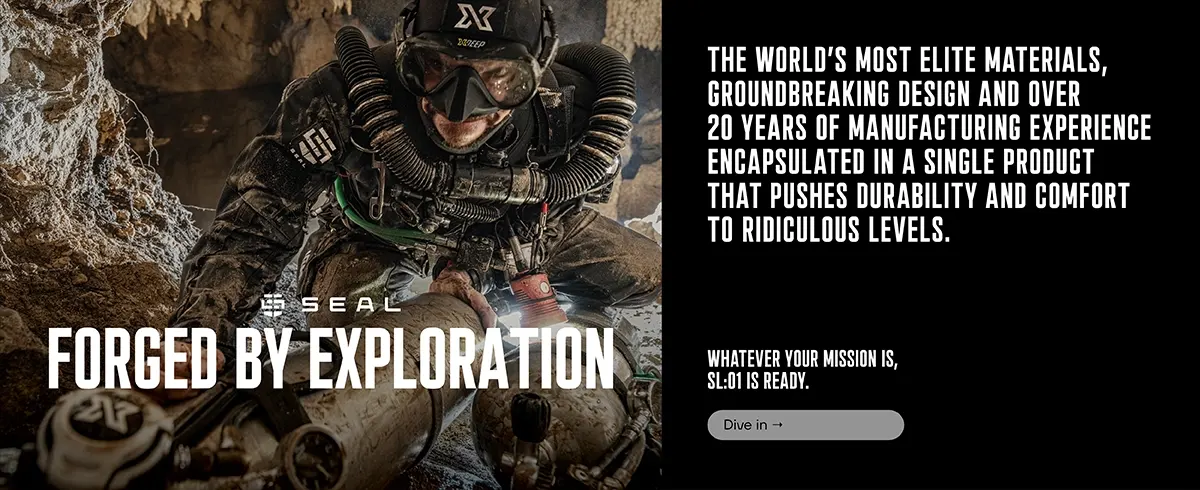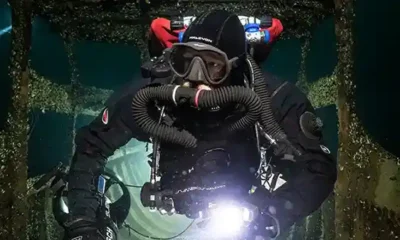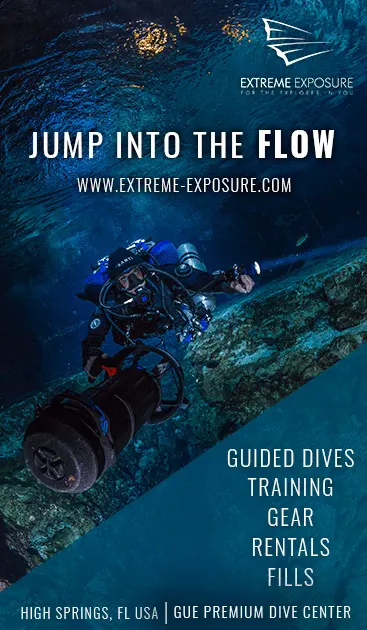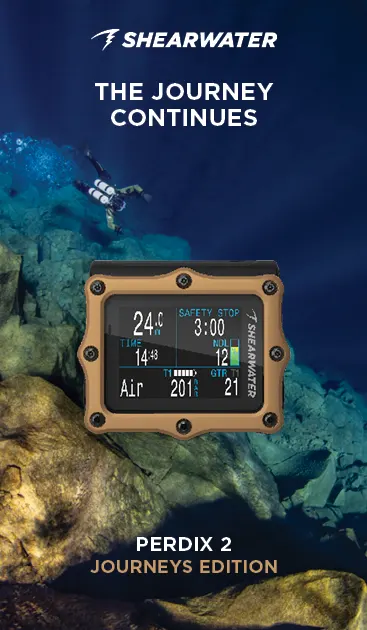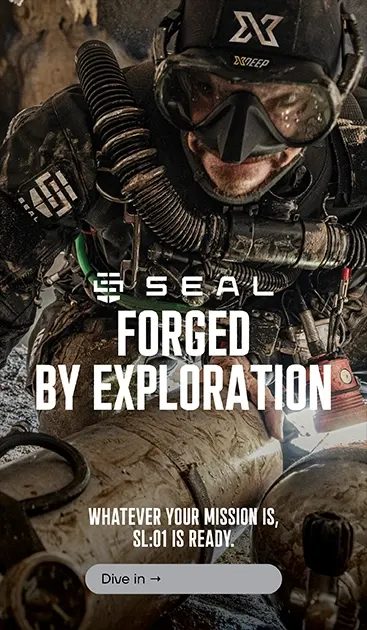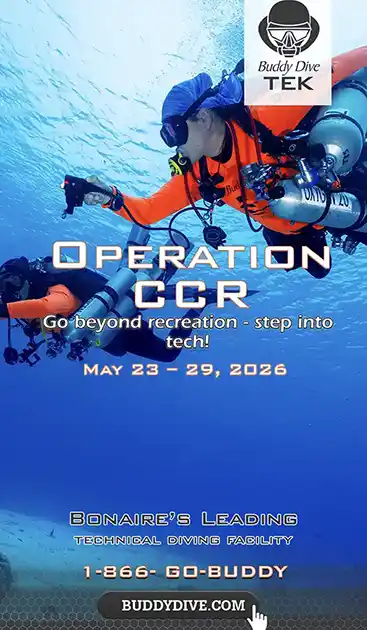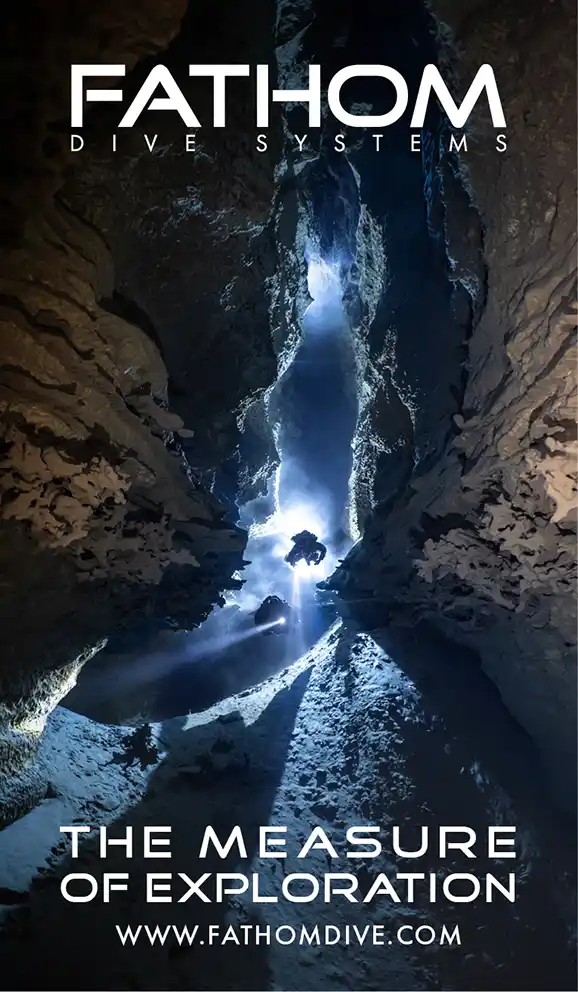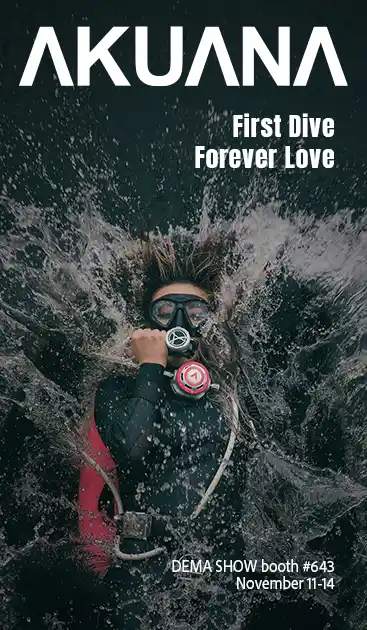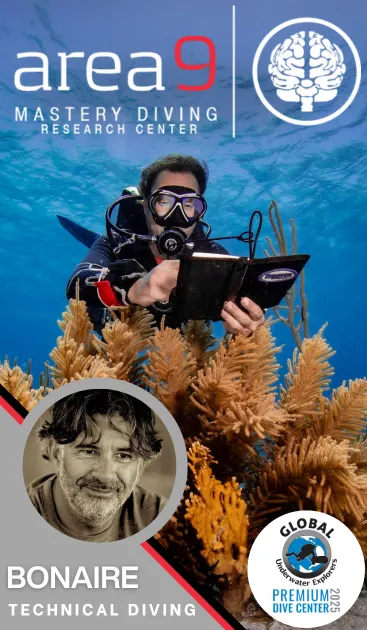Latest Features
Revolutionizing UW Wireless Communication
Arne Sieber and Jarrod Jablonski unveil the Halcyon SYMBIOS Ecosystem—a magnetic-induction, dual-axis wireless platform that frees rebreather data from cables and flaky acoustics. By pairing high-speed induction coils with redundant processors and orientation-agnostic antennas, SYMBIOS pushes life-critical PO₂ and telemetry through rock-solid packets, even in silted overheads. The result isn’t a convenience upgrade; it’s a blueprint for industry-wide, failsafe underwater comms.
By Arne Sieber and Jarrod Jablonski. Photos courtesy of the authors.

The Unique Wireless Transmission of the Halcyon SYMBIOS Ecosystem
In the realm of technical diving, data transmission between critical systems is not a luxury—it is a necessity. The Halcyon SYMBIOS Ecosystem introduces a major leap forward with its proprietary underwater wireless data transmission system, removing traditional limitations tied to hardwired connections and unreliable wireless protocols. At the heart of this innovation lies a magnetic induction-based transmission system, uniquely designed to ensure reliability, redundancy, orientation independence, and multi-source data integrity in the most demanding underwater environments. These safeguards make the integration of wirelessness into the data-critical world of rebreather diving possible and are showcased within the revolutionary design of the Halcyon Symbios Rebreather.
The Challenge: Why Traditional Wireless Fails Underwater
Standard wireless technologies such as Bluetooth and Wi-Fi, which operate in the 2.4 GHz range, are ill-suited for underwater communication. At these high frequencies, water acts as an almost perfect absorber, limiting transmission ranges to just a few centimeters. For divers relying on data from multiple sources (e.g., PO₂ sensors, tank pressure transmitters, loop pressure monitors), this presents an unacceptable risk. Wired alternatives, although reliable in signal transmission, bring their own set of challenges:
- Water intrusion via compromised connectors
- Cable damage leading to communication failure
- Increased entanglement hazards and diver clutter
- Maintenance demands and weakness due to the risk of a single point of failure
The diving world has long needed a better solution—a robust, interference-resistant, and low-maintenance wireless transmission protocol. The Halcyon SYMBIOS Ecosystem is designed to address these weaknesses.

The Core Technology: Magnetic Induction Transmission
The SYMBIOS system uses magnetic field-based data transmission, a technology proven in applications such as heart rate monitors and early-generation tank pressure transmitters. The technology has existed for decades, with Uwatec first using it in 1999. Halcyon extended and refined this proven technology to provide reliable transmission that promises to resolve the weak points of wired connections.
To maintain reliable wireless communication, SYMBIOS-enabled products emit alternating magnetic fields using specially engineered transmitter coils.
These magnetic fields:
- Are not absorbed by water like RF waves
- Have predictable decay characteristics (with strength proportional to 1/r³)
- Can reliably transmit up to 1 m/3 ft, making them ideal for diving applications

Most importantly, SYMBIOS has pushed this technology beyond its standard implementation, optimizing the system for speed, redundancy, and accuracy.
Data Transfer and Efficiency: 10x Faster
While older magnetic systems operate at 5–40 kHz and deliver data rates of 200 to 1,000 bits per second, the SYMBIOS CCR transmits at 125 kHz, achieving a data rate of up to 10,000 bits per second (10 kbit/s).
This higher frequency allows:
- Shorter data packets (e.g., a 5 ms transmission for critical tank pressure)
- Lower probability of data collision even in multi-transmitter environments
- High-resolution, high-frequency updates essential for real-time PO₂ management and system health monitoring
Crucially, the system includes an integrated checksum and error correction algorithm, which not only detects corrupted transmissions but, in many cases, can recover and correct the data on the fly— a feature rare in other magnetic or digital underwater systems.

Orientation Independence: A Major Breakthrough
Traditional magnetic transmission systems suffer from one critical weakness: They require alignment between the transmitting and receiving antennas. If the two coils are orthogonal (at 90° to each other), the signal can drop to zero.
The SYMBIOS Rebreather overcomes this problem with a dual-antenna strategy:
- The CCR head contains two transmitter antennas oriented 90° to each other.
- The receiver (typically the dive computer) also contains two orthogonal receiver antennas.
This design ensures that, regardless of the orientation between diver and device, there is always a strong transmission path. Even if one signal path is suboptimal, the second path captures the data with high integrity, drastically reducing signal dropout and data loss.
Redundancy by Design: The Dual-Circuit Electronic Head
Unique to the SYMBIOS CCR is its dual-processor electronic head which houses two independent microcontroller circuits: the CONTROLLER and the SENTINEL.
Each has its own:
- Independent PO₂ sensor readouts
- Solenoid controls (CONTROLLER)
- Magnetic transmitter
- Dedicated transmitter coil, oriented orthogonally to the other
The CONTROLLER and SENTINEL communicate over a digital I²C bus but, importantly, each transmitter broadcasts both sets of data. In the event of a transmitter or processor failure, the system continues to broadcast data independently, ensuring no interruption to critical life-support data.
This is a level of system fault tolerance rarely seen in rebreather design, pushing SYMBIOS into a league of its own for mission-critical reliability.
Smart Data Prioritization and Conflict Avoidance
One of the longstanding challenges in wireless underwater data systems is managing multiple data streams without collisions. SYMBIOS solves this through a prioritized and adaptive transmission protocol where:
- High-priority data (e.g., PO₂, tank pressure) is updated more frequently
- Lower-priority data (e.g., battery level) is sent less often
- Unique identifiers and compact packet formats allow the system to support multiple transmitters in close proximity without confusion or data loss
Management of multiple data streams is essential for complex dive profiles where divers may carry multiple tanks, DPVs, or integrate other systems like navigational aids or decompression monitors.
Comparative Edge: Symbios vs. Generic Magnetic Transmitters

Conclusion: Redefining Reliability in Underwater Communication
The Halcyon SYMBIOS CCR’s wireless transmission system is not a minor upgrade—it is a paradigm shift in underwater data communication. With high-speed magnetic induction, dual-axis antennas, redundant processors, and adaptive transmission protocols, SYMBIOS sets a new standard for reliability, precision, and failsafe design.
In environments where a diver’s life depends on real-time data integrity, the SYMBIOS wireless transmission system offers not just innovation but peace of mind. The innovative design is first being released within the Halcyon SYMBIOS Rebreather, but discussions are underway with multiple rebreather manufacturers, making it likely that this revolutionary functionality will become a new industry standard over the coming years.
DIVE DEEPER
InDEPTH: Cutting the Wires on Halcyon’s new Chestmount Rebreather by John Kendall
InDEPTH: Are We Ready for High Speed UW Wireless Connectivity? By Gabriel Pineda

As an associate professor in medical sensor technology, Arne Sieber bridges academic research with hands-on engineering, contributing to the development of advanced dive computers, rebreathers, and oxygen sensing systems. He is the author or co-author of over 100 peer-reviewed journal articles, has made more than 200 scientific conference contributions, and has invented over 18 patents in diving-related technologies.
Arne’s team pioneered several advances in diving medicine, being the first to apply pulse oximetry on divers as early as 2007, as well as developing underwater arterial blood pressure monitoring and waterproof data loggers capable of recording a range of physiological parameters in divers.
Notable achievements in diving technologies from Arne’s R&D team include the development of the O₂ sensor validation system in Poseidon Rebreathers, the first mouthpiece-mounted dive computer (HUD), the first watch-sized OLED screen dive computer, wheel-operated dive computers, the Scubapro Galileo HUD, solid-state O₂ sensor technologies for rebreathers, and, last but not least, the new Halcyon SYMBIOS product line.

Jarrod Jablonski is an avid explorer, researcher, author, and instructor who teaches and dives in oceans and caves around the world. Trained as a geologist, Jarrod is the founder and president of GUE and CEO of Halcyon and Extreme Exposure while remaining active in conservation, exploration, and filming projects worldwide. His explorations regularly place him in the most remote locations in the world; his experiences include numerous world record cave dives with total immersions near 30 hours. Jarrod has also authored dozens of publications, including three books.

